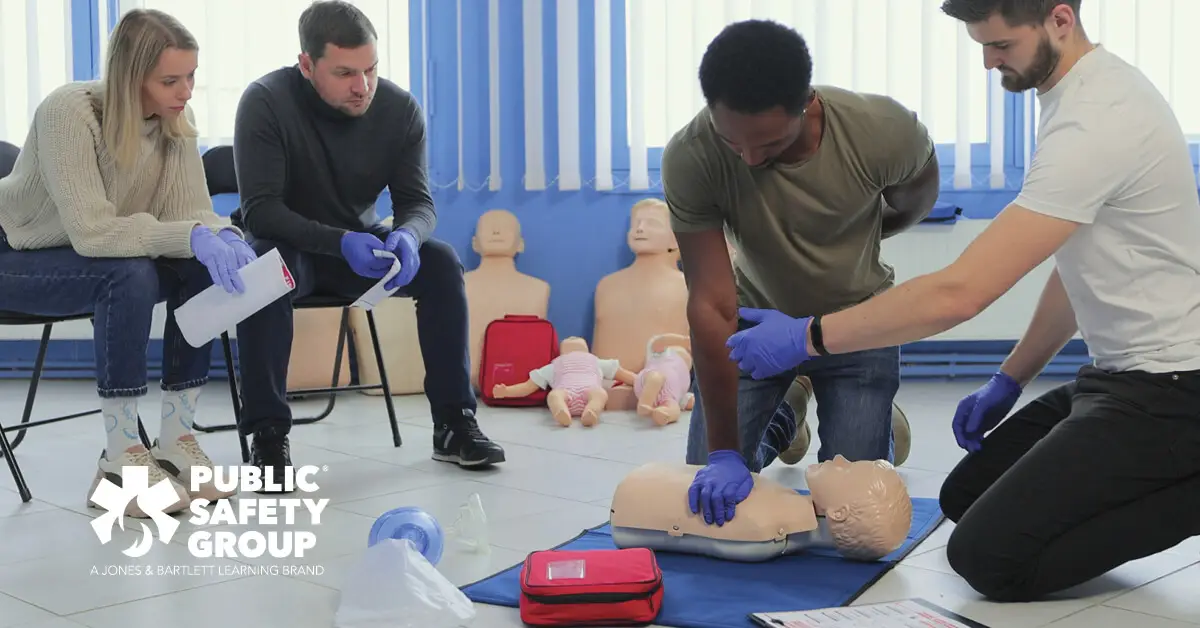Why You Should Switch to the Flipped Classroom Model

Considering a flipped classroom approach with your students? Dive into how this method prioritizes active learning and why it's expertly designed for ample use of class time and overall student success.
What is a Flipped Classroom?

A flipped classroom model promotes student-centered learning instead of the traditional teaching model. Embracing a blended learning environment with active learning strategies makes in-class learning more interactive. Creating a flipped classroom is a great way to increase efficiency in the classroom and keep learners engaged.
There are many benefits of flipped classroom instruction:
- Helps build teamwork and communication between students
- Utilizes real-life scenarios
- Promotes stronger national registry exam prep
- Improves student exam pass rates
- Gives instructors an opportunity to assess student skill sets and plan homework or activities as improvement markers
- Increases student-teacher interaction
Embracing the Flipped Classroom Approach

As an instructor, if you’ve never heard of the concept, you may still be wondering, “What is a flipped classroom model?” In a flipped classroom course, students are given lectures and other prep work prior to class, so students can review on their own time, which gives them more opportunities to absorb and understand their coursework. It also helps them feel more confident when they get to class.
Students are more involved with activities and hands-on experiences with the background knowledge obtained. They are also able to ask in-depth questions on what they learned for better insight. This creates a dialogue for the entire class before moving into the day’s lesson.
Research shows flipped classrooms result in better performance on National Registry (NR) exams. In fact, during a study of four EMT programs, the pass rates increased from 55% before the flipped classroom to 83% after the implementation of flipped classroom training.
What is Active Learning?
.tmb-prddetail.jpg?Culture=en&sfvrsn=d17d5f2f_1)
Active learning involves engaging students with their course materials prior to them coming to class. This includes multiple readings, instructional videos, case studies, and more. Prepping students before class gives instructors more time to help students apply what they have learned, participate in active discussions and discussion-based activities, and work as a team. Pre-class assignments and assessments help the instructor identify who needs additional assistance or if the class needs to spend additional time reviewing the lesson.
Active learning techniques encourage student participation while providing opportunities for feedback and inner reflection. Here are a few examples:
- Self-assessments
Students can assess what they have learned and retained after pre-class assignments to determine if they need additional teachings on the topic. - Reciprocal questioning
Students take on the role of the teacher, creating their own questions guided by the instructor. Students use this for test prep, introducing new concepts or lessons, and in-depth group discussions. - Three-step interviews
Students work in groups of three with each one having a role: interviewer, interviewee, and note-taker. After getting their discussion topic, they discuss the lesson in-depth, revealing what they found was most pertinent. They then switch roles until each student has had all three roles. - The pause procedure
The instructor lectures for about 15 minutes then pauses for about two or three minutes after. Students pair together to discuss notes, review key points, ask questions or solve problems given to them by the instructor.

Our flipped classroom resources are developed to support national registry exam prep. The Paramedic Flipped Classroom and the EMT Flipped Classroom are first of their kind, combining curated content with market-leading resources and student-directed activities for effective and memorable learning experiences.
Interested in using a flipped classroom approach?
Engage your EMT and EMS students in a tech-based, forward-thinking environment with a flipped classroom model. Our resources include an instructor’s manual, course plan, classroom exercises, and handouts.For more information on how to "flip" your classroom, please contact your dedicated Public Safety Specialist or request a demo of the EMT Flipped Classroom or Paramedic Flipped Classroom today.